The Blue Yeti Mic is a USB desk mic aimed at streamers apparently. Seems to get mixed reviews but that's not what Im worried about only that it no longer works.
Reported Fault
- Just didn't work one day
Analysis
- According to the specs it is a stereo mic with headphone out
- It has settings for
- Mic Pattern
- Mic Gain
- Headphone Volume
- Mute
- Testing the mic
- Would connect and register with Win10 WinXP and OSX
- No Audio from mic to computer
- Audio playback worked in 1 channel
- Audio monitor function worked in 1 channel
- Mute function worked on Audio monitor
- Audio monitor works by routing the Analog Audio from the mic to the headphone Amplifier. This is an internal function of the CM6400 USB Audio chip. Mic in Pins 25 and 26 connect to HP out Pins 45 and 48 via an internal analog mixer
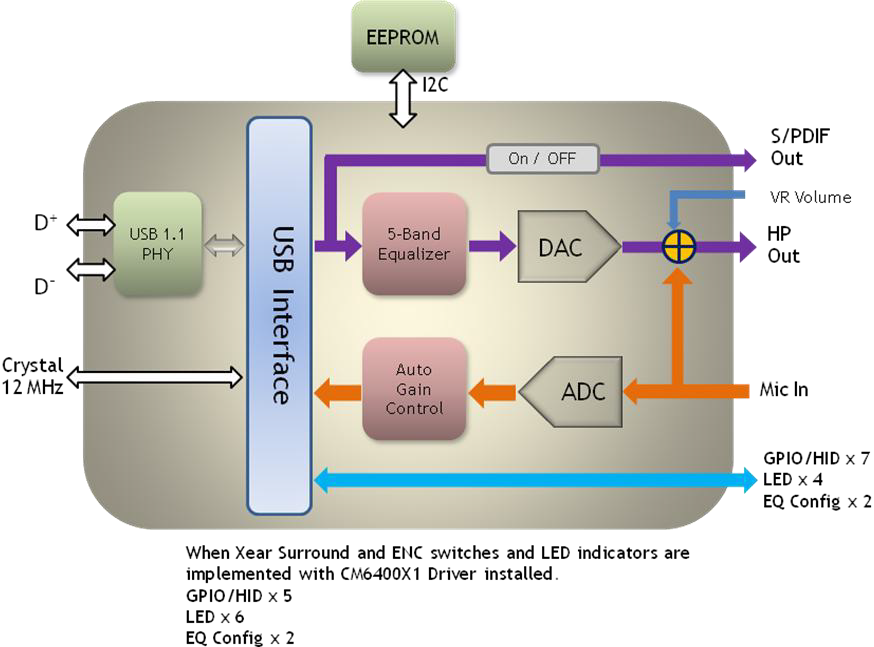
Scope showed Audio at both the Mic input L and R pins and THe HP out Pins. The HP audio then goes via a dual gang pot to the headphone amplifier. Only one channel made it through the Headphone pot. Resistance check of the pot confirmed one gang was inoperative - wiper open circuit. Needs a new pot to rectify the headphone audio but not a show stopper at this stage.
The Blue Yeti mikes are well known for broken USB connectors but this does not appear to be the case as physical inspection loks good and the unit does connect to the Computer and driver loads ok.
 Saabman
Saabman

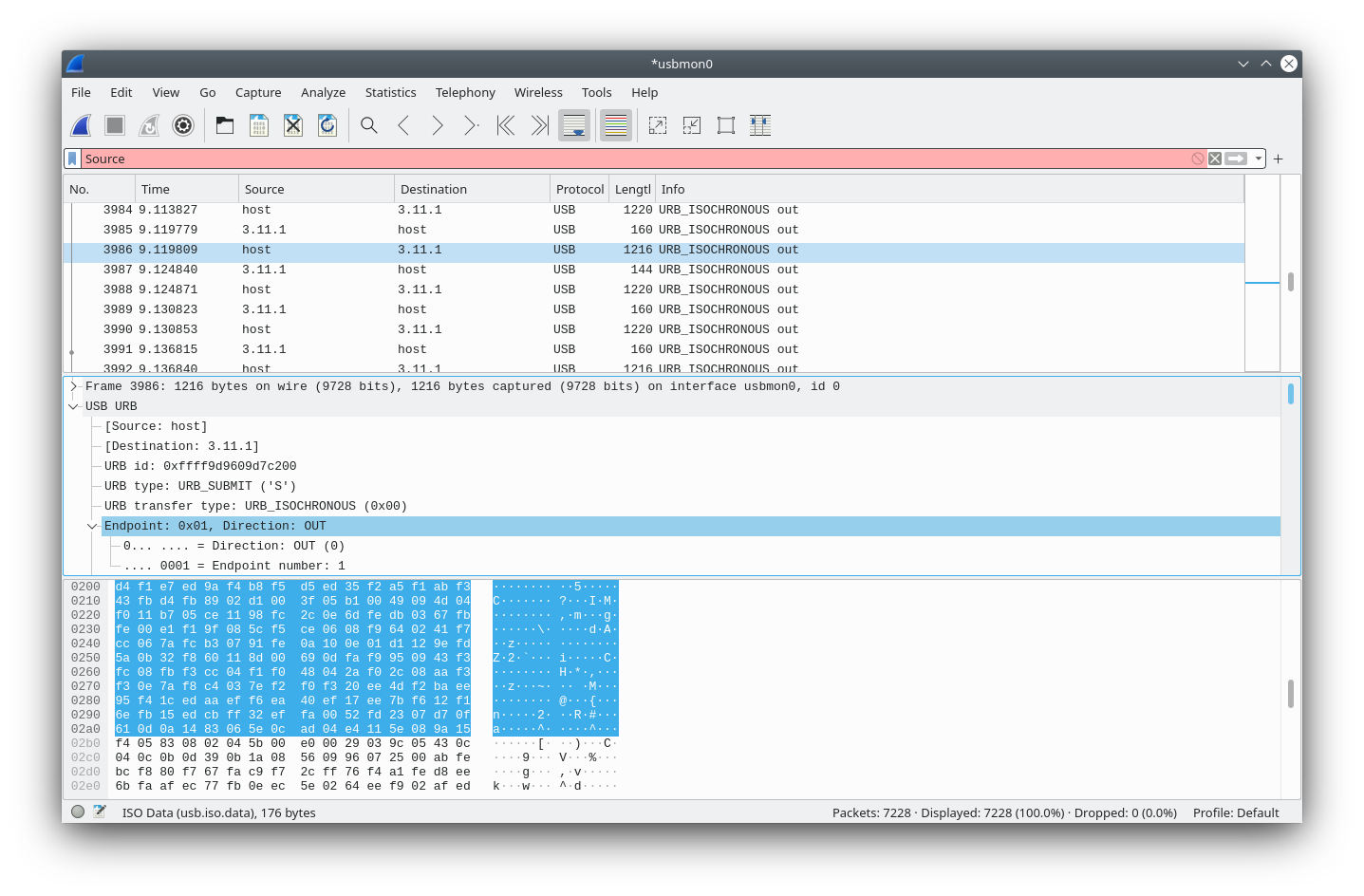
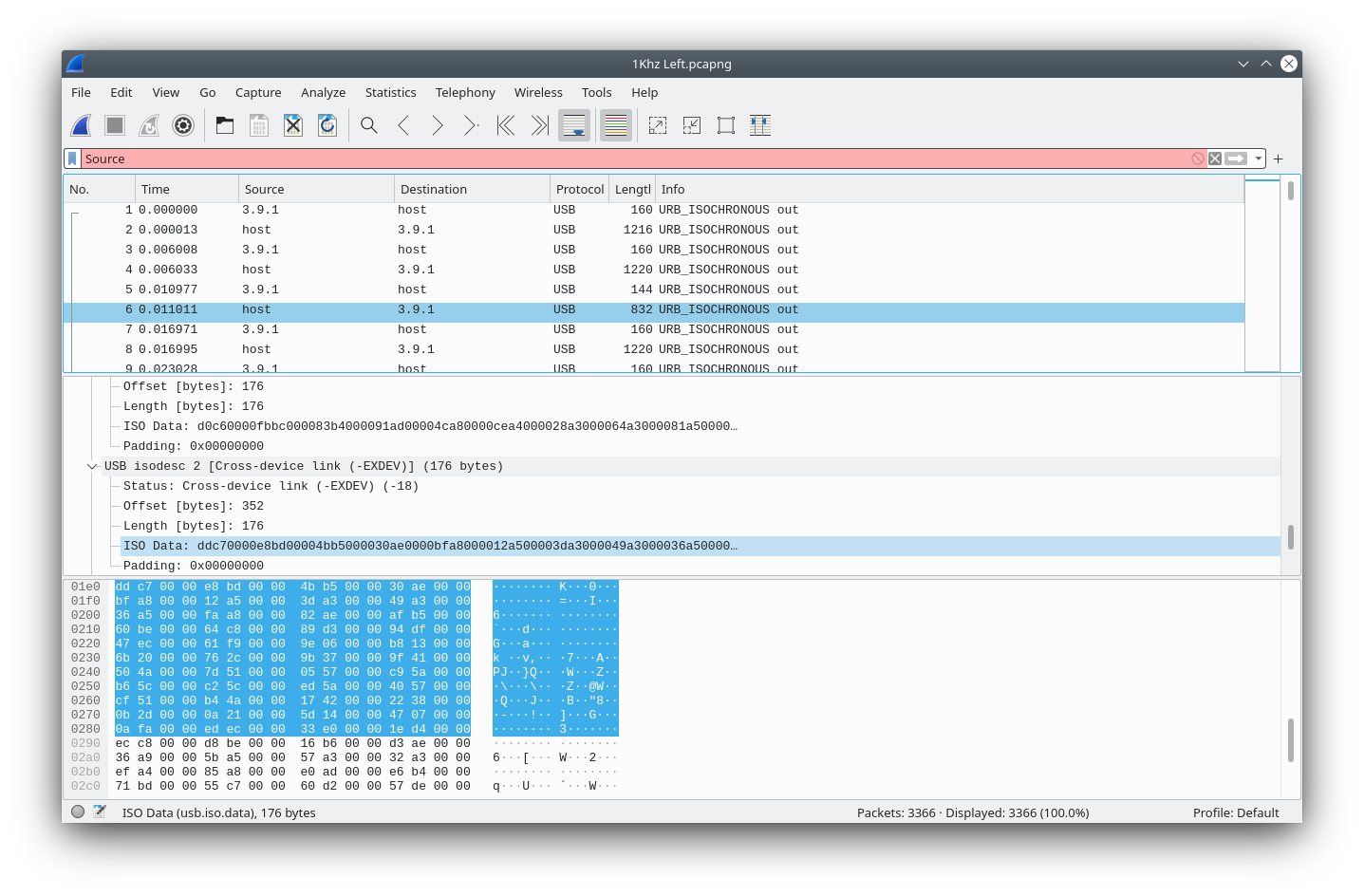
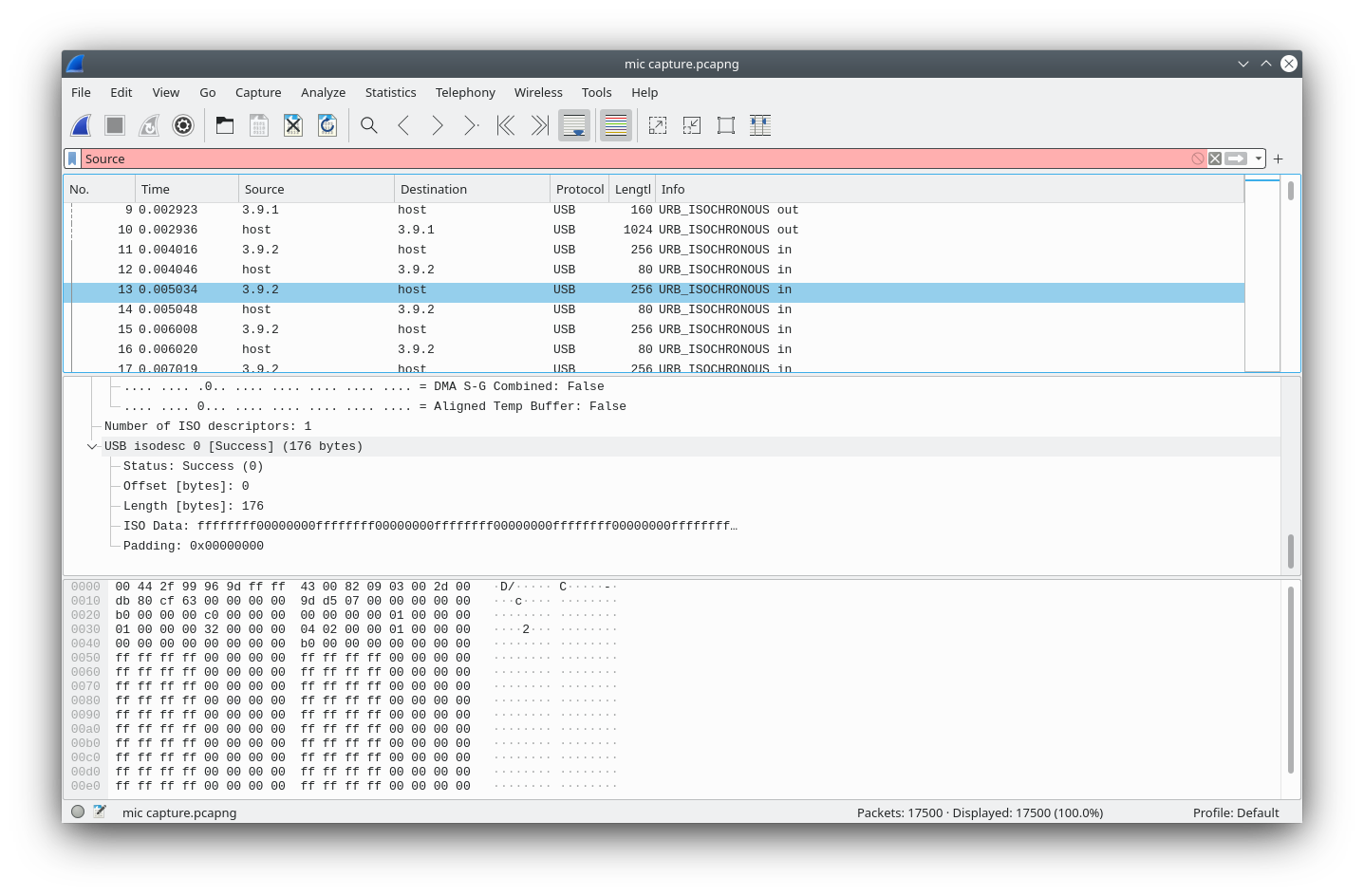

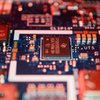


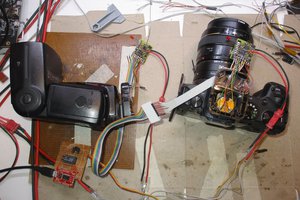
 lion mclionhead
lion mclionhead
 Signals Everywhere/KR0SIV
Signals Everywhere/KR0SIV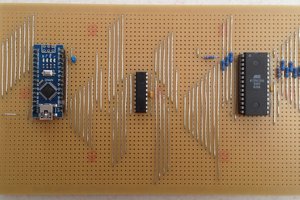
 agp.cooper
agp.cooper
 Muth
Muth
Ive picked up a few Yeti Mics cheap on ebay that have been sold for non working to see if I can fix them up. Most had USB port issues so easy fixes, but I have one, which seems to work fine, except for the mic.
It recognizes fine in windows, but when using the mic, notta.
Audio does work out of the Headphone jack, however, when the mic is un-muted, has some terrible noise in the right channel. I checked all the connections to see if could be a bad wire, but everything seems solid. After coming across this post, i now believe it could be the CM6400 IC
I attempted to "reflash" the firmware on it, but that had no effect on the symptoms. I went ahead and placed an order on aliexpress for some CM6400 IC's, so when they come in ill do a chip swap to see if this fixes (Naturally the other 2 mics i do have dont have this chip, but seem to be an older revision which uses a realtek chip)
I will post back to see if this fixes. Finally an excused to fire up the hot air station!